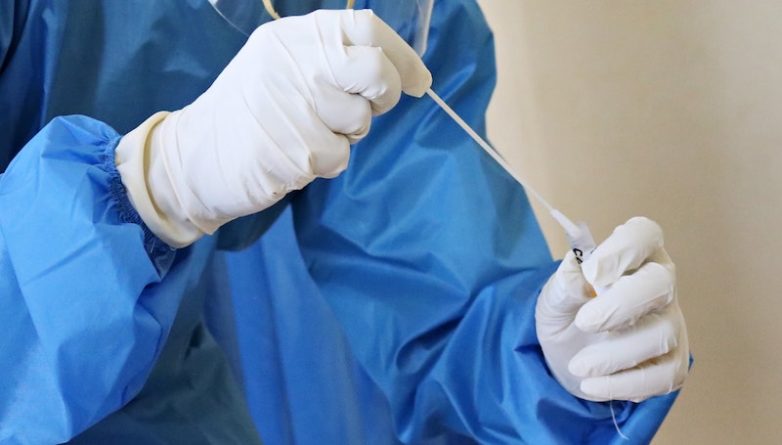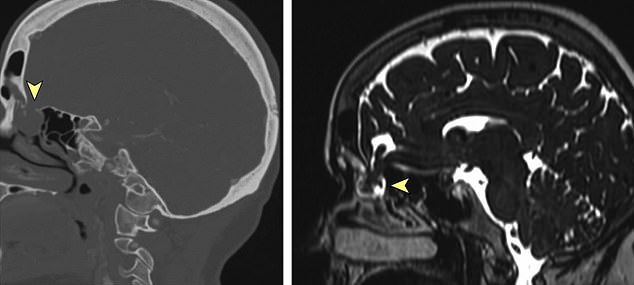
According to the medical history, a woman in her 40s began to leak cerebral fluid from her nose after taking a swab for analysis for COVID-19.
Medical professionals often jokingly refer to the elongated cotton swabs used for coronavirus tests as a “brain scraping” tool. But for a resident of Iowa, this joke turned out to be close to reality.
Soon after she was tested for COVID-19, liquid began to drip profusely from the woman's nose, she began to have a headache, nausea and vomiting, and a metal taste in her mouth.
Finally, the woman went to the doctor. The scans showed a hole in the base of her skull — and that cerebrospinal fluid was dripping from her nose all this time.
This is the first time doctors have reported an alarming and dangerous complication from swabs for coronavirus testing.

In a disease report released Thursday, doctors at the University of Iowa noted that the patient's condition was not only caused by a cotton swab: she also had an undiagnosed skull defect. The cotton swab made only a small hole, but then it became wide enough for the cerebral fluid to escape.
The woman, whose name has not been released, had a smear after being scheduled for hernia surgery in July. The test was done because hospitals require COVID-19 testing before surgery to protect doctors, nurses and the healthcare system itself from coronavirus outbreaks.
COVID-19 tests are performed using samples taken in one of three ways: a nasopharyngeal swab, a lower mouth (nostril) swab, or saliva collected in a test tube.
Nasopharyngeal swabs are called “brain scrapings,” but in reality, the bone of a normal skull protects the brain from injury. The woman received a swab from the nasopharynx through the nostrils. Above this site, most people have layers of muscle and connective tissue, and then the hard bone of the skull.